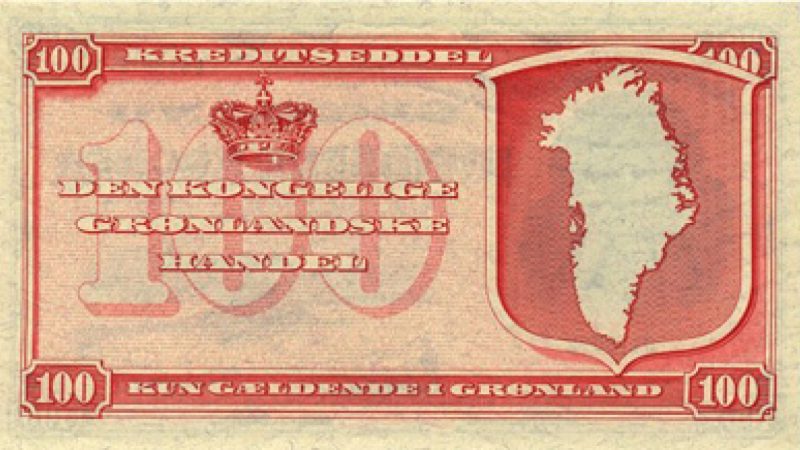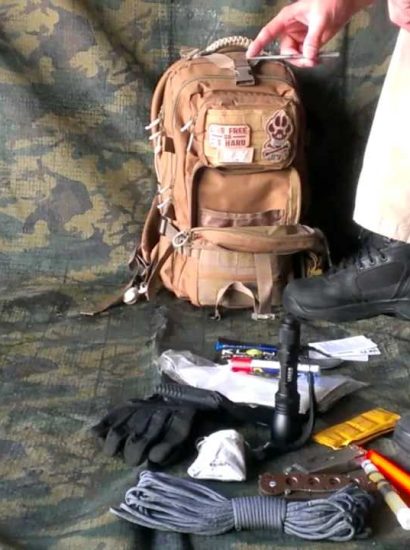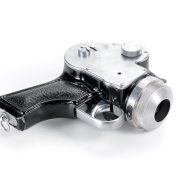Greenland, the largest island in the world, is known for its stunning landscapes, icy fjords, and rich culture. However, when it comes to its economy and currency, many might not know the full story. While Greenland is an autonomous territory within the Kingdom of Denmark, its currency, exchange rates, and monetary system have a unique context that is essential to understand for anyone interested in visiting or doing business in the country.
In this article, we explore 10 essential facts about the currency of Greenland country, shedding light on its connection to Denmark, its role in the local economy, and more. Whether you are planning a trip or simply curious about the financial landscape of Greenland, this guide will help you navigate the complexities of the region’s currency system.
Currency of Greenland Country: The Official Currency of Greenland
The official currency of Greenland country is the Danish Krone (DKK). Although Greenland has its own government, it is still part of the Kingdom of Denmark, and as such, the Danish Krone is the national currency used throughout the country. The Danish Krone is divided into 100 øre, but in practice, coins smaller than one krone are rarely used.
This means that when you visit Greenland, you will be using the Danish Krone in your transactions, whether you’re buying souvenirs, food, or paying for services. Understanding the value of the krone in relation to other currencies is crucial for budgeting your trip and ensuring that you are prepared for any exchange rate fluctuations.
Currency of Greenland Country: Greenland’s Currency Connection to Denmark
As an autonomous territory of Denmark, the currency of Greenland country is closely tied to the Danish economy. Greenland does not have its own central bank or currency issuance authority. Instead, the monetary policy of the Danish Krone is managed by the National Bank of Denmark, which also oversees the entire Kingdom of Denmark, including Greenland.
While Greenland has control over many aspects of its domestic affairs, including its local government and policies, the currency remains unified with Denmark. This connection ensures economic stability but also means that Greenland’s currency value is influenced by Denmark’s financial policies and international trade relations.
Currency of Greenland Country: The Role of the Danish Krone in Greenland’s Economy
The Danish Krone plays a crucial role in Greenland’s economy. Although Greenland has a small population and limited industries, it has seen steady growth in certain sectors, particularly in tourism, fisheries, and mineral extraction. The value of the krone affects the cost of goods and services in Greenland, as well as its international trade relations.
For businesses operating in Greenland, understanding the dynamics of the Danish Krone is important. For instance, fluctuations in the value of the krone can have a significant impact on export prices for Greenland’s fisheries, which make up a large part of the country’s economy. Additionally, the krone’s value is a key factor in shaping Greenland’s trade relationships with other countries, especially in terms of imports and exports.
Currency of Greenland Country: Exchange Rates and Currency Conversion in Greenland
When traveling to Greenland, it’s important to be aware of the exchange rates between the Danish Krone and other currencies, such as the US Dollar (USD), Euro (EUR), and British Pound (GBP). While the Danish Krone is the official currency, travelers may need to exchange their money before arriving or use local currency exchange services to convert their foreign money into the krone.
It’s recommended to use a local currency exchange or an ATM to withdraw cash in Danish Krone during your stay in Greenland. Many businesses, especially in tourist areas, accept major international credit cards, but having cash on hand for smaller purchases, especially in remote areas, is advisable. Check the current exchange rates and be mindful of service fees when converting money, as these can impact the overall cost of your trip.
Currency of Greenland Country: Currency Availability and Access in Greenland
Greenland has a relatively modern banking system, but due to its remote location and sparse population, not every town or settlement will have access to ATMs or currency exchange services. Larger towns like Nuuk, the capital city, and other popular tourist destinations are more likely to have ATMs and currency exchange offices, while smaller settlements might have limited financial services.
It’s wise to plan ahead and ensure that you have access to enough cash in Danish Krone, especially if you’re visiting less populated areas. While credit cards are accepted at many establishments, remote areas might not have the infrastructure to support card payments, so it’s better to be prepared with cash.
Currency of Greenland Country: Using Credit and Debit Cards in Greenland
Credit and debit cards are widely accepted in Greenland, particularly in larger towns and cities. Many shops, hotels, and restaurants in Nuuk, Sisimiut, and Ilulissat, among others, will accept major credit cards like Visa, MasterCard, and American Express. However, it’s always a good idea to carry some cash in Danish Krone when traveling in more rural or remote areas, as smaller businesses may not accept cards.
Card payments are generally processed through the Danish financial system, and international transactions will often be subject to currency conversion fees, depending on your bank. To avoid extra charges, it’s recommended to check with your bank before traveling to see if they offer any special services for international card use.
Currency of Greenland Country: The Impact of Greenland’s Unique Economy on Currency Value
Greenland’s economy is unique due to its reliance on specific industries like fishing, tourism, and mineral resources. The value of the Danish Krone in Greenland can fluctuate due to changes in global demand for these industries, particularly fishing exports. As Greenland’s economy is closely tied to global markets, any shifts in the international economy can have a direct impact on the local currency.
For example, if global demand for Greenlandic seafood drops or if tourism numbers decline, the value of the Danish Krone could be affected. Understanding these economic factors can help you gauge how the currency may perform during your trip and whether there are any economic risks you should be aware of.
Taxation and VAT in Greenland
Greenland applies a Value Added Tax (VAT) on goods and services, similar to other European countries. The standard VAT rate in Greenland is 25%, which is added to most goods and services. When calculating the cost of your trip or purchases in Greenland, it’s important to account for this tax, as it can significantly increase the price of certain items.
Tourists who visit Greenland may be eligible for a VAT refund on certain purchases when leaving the country. However, this process can be complex and varies depending on your nationality and the store policies. It’s always a good idea to ask retailers about VAT refund options if you plan to claim one.
Currency of Greenland Country for Digital Transactions
In recent years, digital payments and mobile banking have become more prevalent in Greenland. The Danish Krone is increasingly used for online transactions, with many local businesses offering digital payment methods such as mobile payment apps, bank transfers, and online shops that cater to international customers.
For those who prefer to use digital banking, it’s worth noting that most international payment systems, such as PayPal, also operate in Greenland, though you may need to adjust the currency settings to ensure the correct conversion to Danish Krone. This has made it easier for travelers and locals alike to engage in e-commerce and digital payments, though cash remains the most common form of transaction for everyday purchases.
The Future of Greenland’s Currency
There have been discussions in recent years about Greenland’s future independence and whether it might adopt its own currency in the event of full sovereignty. However, for the foreseeable future, the currency of Greenland country remains the Danish Krone. While it’s unlikely that Greenland will shift away from the Danish Krone in the short term, economic changes and political developments could influence future decisions regarding currency.
Should Greenland ever choose to establish its own currency, it would represent a significant shift in its financial system and could have wide-ranging implications for the economy, currency exchange rates, and international trade. For now, however, visitors and businesses will continue to rely on the Danish Krone as the official currency.
Conclusion
The currency of Greenland country, the Danish Krone, plays a vital role in the island’s economy and day-to-day transactions. While it remains tied to Denmark’s financial policies, the Krone’s use is deeply integrated into the life of Greenland’s residents and visitors. Understanding the exchange rates, currency access, and economic factors that influence the Krone will help you navigate Greenland’s unique financial landscape with ease.
Whether you’re exploring the icy fjords, experiencing the local culture, or conducting business in Greenland, knowing the essential facts about the currency of Greenland country will enhance your experience and ensure you’re well-prepared for any financial transactions you encounter.
FAQs
Q1. Is the Danish Krone the only currency accepted in Greenland?
Yes, the Danish Krone (DKK) is the official currency in Greenland, and it is used for all transactions. While some places accept credit cards, the krone is the primary form of payment.
Q2. Can I use US dollars or Euros in Greenland?
While some businesses may accept Euros, US dollars are generally not accepted in Greenland. It’s best to exchange your currency for Danish Krone before arriving.
Q3. Where can I exchange foreign currency for Danish Krone in Greenland?
Currency exchange services are available in larger towns like Nuuk and Ilulissat. ATMs are also widespread, where you can withdraw Danish Krone directly from your international bank account.
Q4. Can I use my credit card in Greenland?
Yes, most businesses in larger towns accept major credit cards. However, it’s recommended to carry some cash in Danish Krone for use in smaller towns or remote areas.
Q5. How does Greenland’s economy affect the value of the Danish Krone?
Greenland’s economy is tied to industries like fishing and tourism. Global demand for these products can influence the value of the Danish Krone, which in turn affects the cost of living and doing business in Greenland.
Also read: What Animals Live in the Arctic? 10 Majestic and Fearless Creatures That Thrive in the Cold









